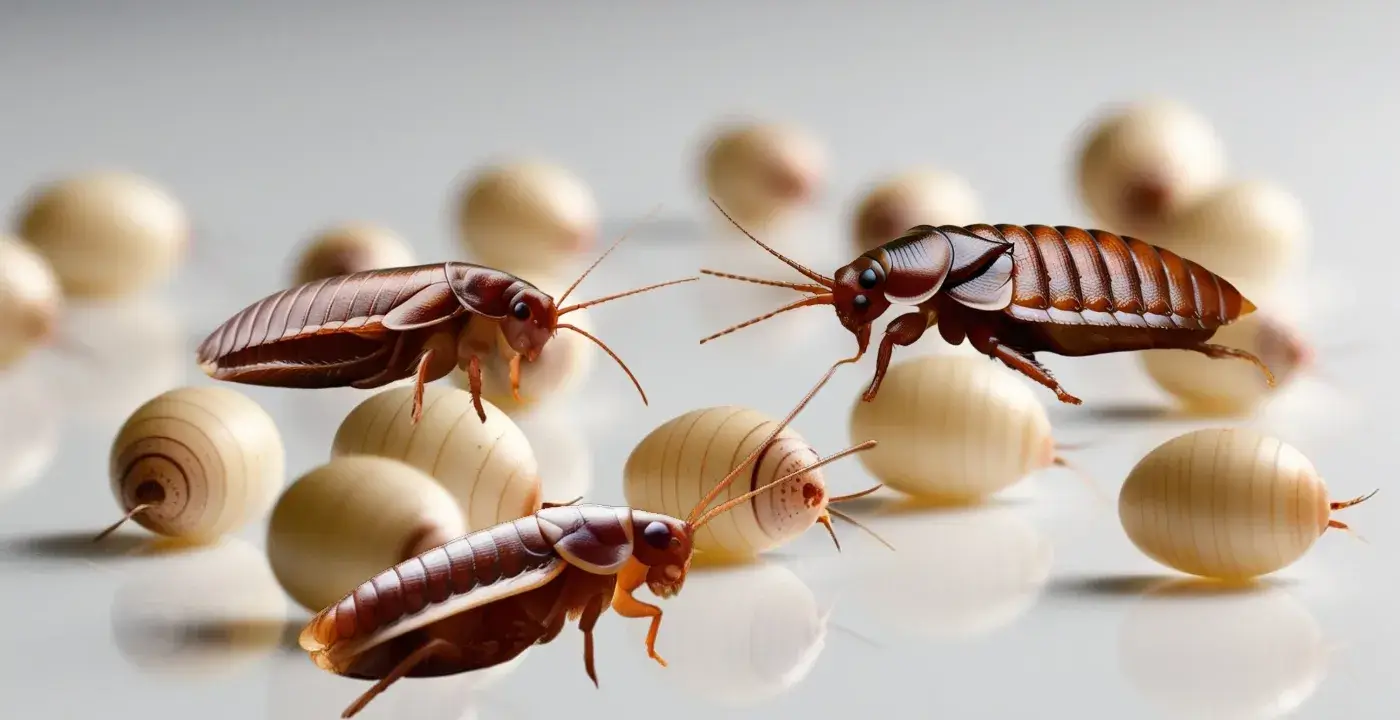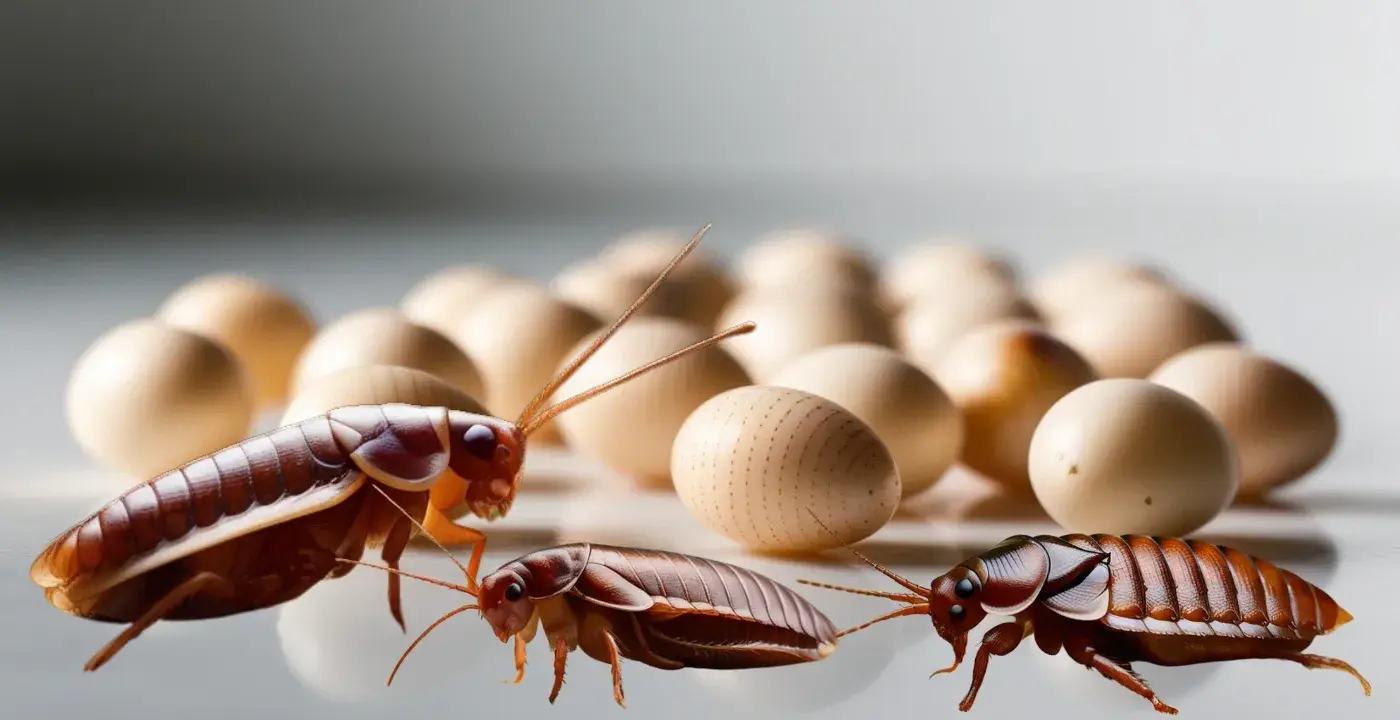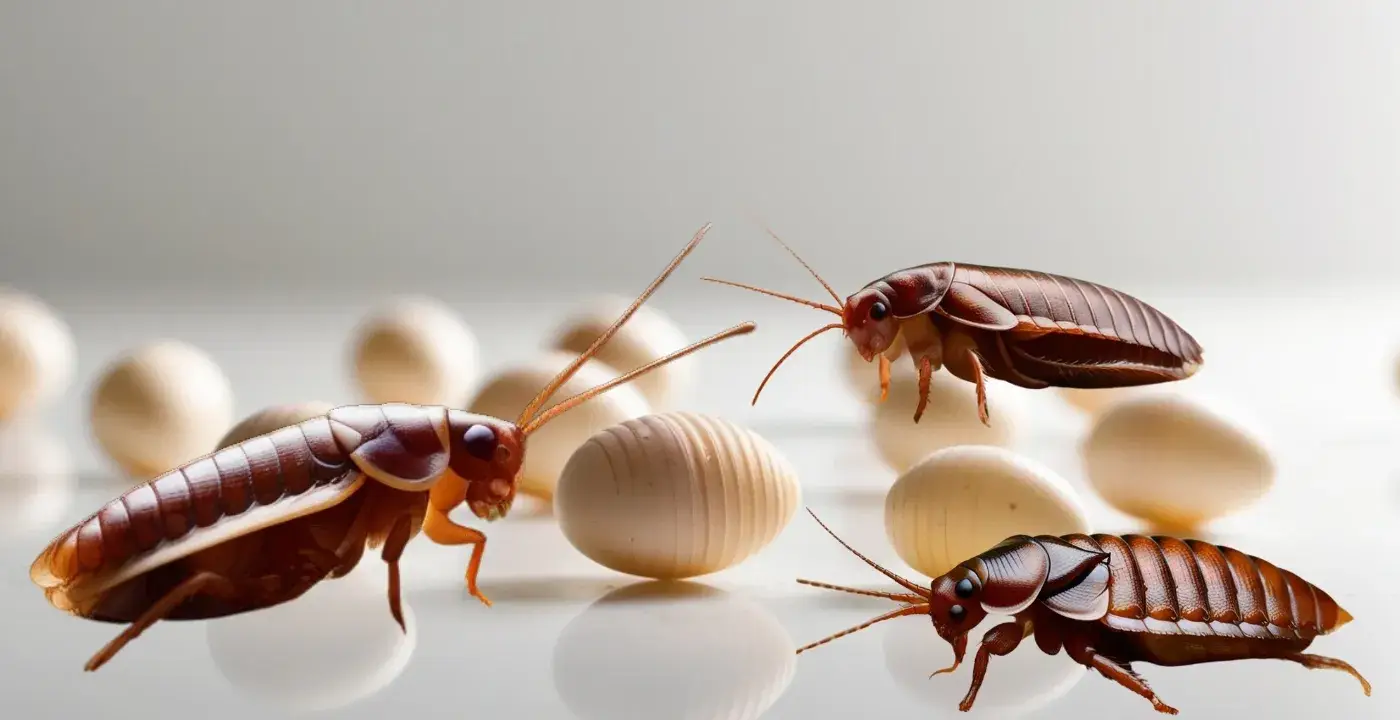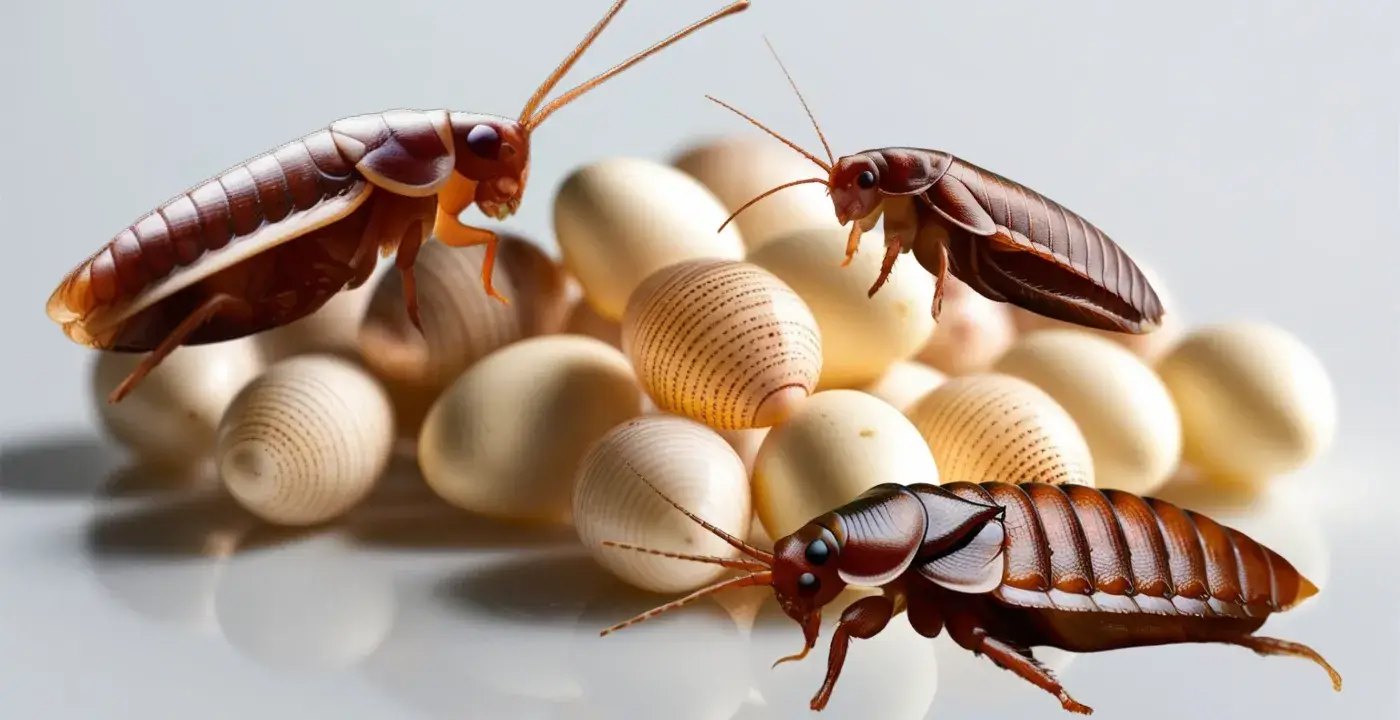Dubia roaches are widely regarded as one of the best feeder insects for reptiles, but have you ever wondered, what do Dubia roach eggs look like? Whether you’re breeding Dubia roaches to reduce feeder costs or simply expanding your knowledge of these fascinating insects, understanding their reproductive processes can be incredibly valuable. This guide dives deep into the appearance of Dubia roach eggs, their role in the reproduction cycle, and how to care for them to ensure successful breeding.
Understanding Dubia Roach Reproduction

Unlike many insects, Dubia roaches (Blaptica dubia) don’t lay eggs in the traditional sense. Instead, they are ovoviviparous, meaning the eggs develop inside the female’s body until they hatch. This unique reproductive trait makes Dubia roaches particularly interesting to study.
Do Dubia Roaches Actually Lay Eggs?
If you’re expecting to find visible eggs in a Dubia roach colony, you might be disappointed. Instead of laying eggs externally like other insects, female Dubia roaches carry an egg sac, called an ootheca, inside their bodies. This ootheca contains the developing embryos, which remain protected until they are born as live, tiny nymphs.
So, while Dubia roaches technically produce “eggs,” they never lay them outside their bodies—making them quite different from crickets or other feeder insects.
What Does a Dubia Roach Ootheca Look Like?

The ootheca, or egg sac, is an elongated, cylindrical structure that can vary in color from pale yellow to light brown. It is soft and pliable when first formed but remains hidden inside the female’s abdomen for most of the gestation period.
Occasionally, you might observe a female partially expelling her ootheca before retracting it. This behavior, known as “extrusion,” is a normal part of the reproductive process and allows the female to adjust the position of the egg sac for optimal development.
Here are some quick facts about Dubia roach oothecae:
- Size: An ootheca is roughly 1–2 cm long, depending on the size of the female.
- Shape: It is tubular with a slightly rounded tip.
- Visibility: It is rarely visible unless the female is in the process of adjusting or expelling it momentarily.
What Happens if the Ootheca Is Expelled Permanently?
In rare cases, a stressed or unhealthy female might expel the ootheca completely and fail to retract it. If this happens, the eggs inside will likely dry out and fail to hatch. This can occur due to overcrowding, poor colony conditions, or insufficient nutrition.
How to Identify Healthy Reproductive Behavior in Dubia Roaches
For successful breeding, it’s important to maintain optimal conditions for your Dubia roach colony. Here’s what to watch for:
- Female Roaches with Full Abdomens: A healthy, reproductive female will have a slightly rounded abdomen, indicating she is carrying an ootheca.
- Nymph Births: After a gestation period of about 30–60 days, the female will give birth to live nymphs, bypassing the “egg” stage entirely.
- Absence of Expelled Oothecae: If you notice expelled oothecae in your colony, it may signal stress or suboptimal conditions.
Tips for Encouraging Successful Breeding
To ensure a steady supply of Dubia roaches for your reptiles, it’s essential to provide the right environment. Follow these actionable tips to promote healthy reproduction:
Maintain Optimal Temperature and Humidity
Dubia roaches thrive in warm, humid conditions:
- Temperature: Keep the colony between 85–95°F (29–35°C).
- Humidity: Aim for 40–60% humidity to prevent dehydration and promote healthy gestation.
Provide a Nutritious Diet
Feeding your Dubia roaches a balanced diet not only ensures their health but also improves the viability of their offspring. Offer a mix of:
- High-quality roach chow
- Fresh fruits and vegetables (e.g., carrots, apples, or squash)
- Occasional protein sources like fish flakes or dog food
Avoid Overcrowding
Overcrowding can cause stress, leading to reproductive issues like expelled oothecae or a reduced birthrate. Ensure your colony has plenty of space by using egg crates or similar structures to maximize vertical surface area.
Minimize Disturbances
Frequent handling or disruptions to the colony can stress the roaches and negatively impact reproduction. Try to check on the colony sparingly and avoid loud noises or vibrations near their enclosure.
Common Misconceptions About Dubia Roach Reproduction
Do Dubia Roaches Lay Eggs in Substrate?
No, Dubia roaches do not lay eggs in substrate or any other material since their eggs remain inside the female until they hatch.
Can You Hatch Dubia Roach Eggs Separately?
It’s not possible to hatch Dubia roach eggs outside the female’s body because they are not designed to develop externally.
Are Expelled Oothecae a Normal Part of the Breeding Cycle?
While occasional extrusion is normal, permanently expelled oothecae often indicate poor colony conditions or stress.
Why Understanding Dubia Roach Eggs Matters

Whether you’re a reptile owner looking to breed your own feeder insects or simply fascinated by insect biology, understanding the reproductive cycle of Dubia roaches can help you:
- Optimize Breeding Efforts: By recognizing healthy reproductive behaviors and addressing potential issues, you can maintain a thriving colony.
- Save Money: Successfully breeding Dubia roaches reduces the need to purchase feeder insects, saving you money in the long run.
- Provide Better Nutrition for Your Reptiles: Nymphs born in a well-maintained colony are healthier and more nutritious for your pets.
Conclusion
Although Dubia roaches don’t lay eggs in the conventional sense, their unique reproductive process is fascinating and easy to manage with the right care. By understanding what Dubia roach eggs (oothecae) look like, you can better monitor your colony’s health and ensure successful breeding.
If you’re interested in learning more about Dubia roach care, breeding tips, or feeding advice, check out our latest articles at Dubia Roaches Guidez. We’re dedicated to helping reptile enthusiasts and breeders succeed with expert insights and practical advice!
This blog post provides readers with the knowledge to maintain a healthy Dubia roach colony, ensuring better care and successful breeding efforts. Let us know your experiences or questions in the comments below!

Mark Manson is an expert blogger specializing in Dubia Roaches. He shares practical care tips, breeding insights, and feeding advice to help enthusiasts and reptile owners thrive.

